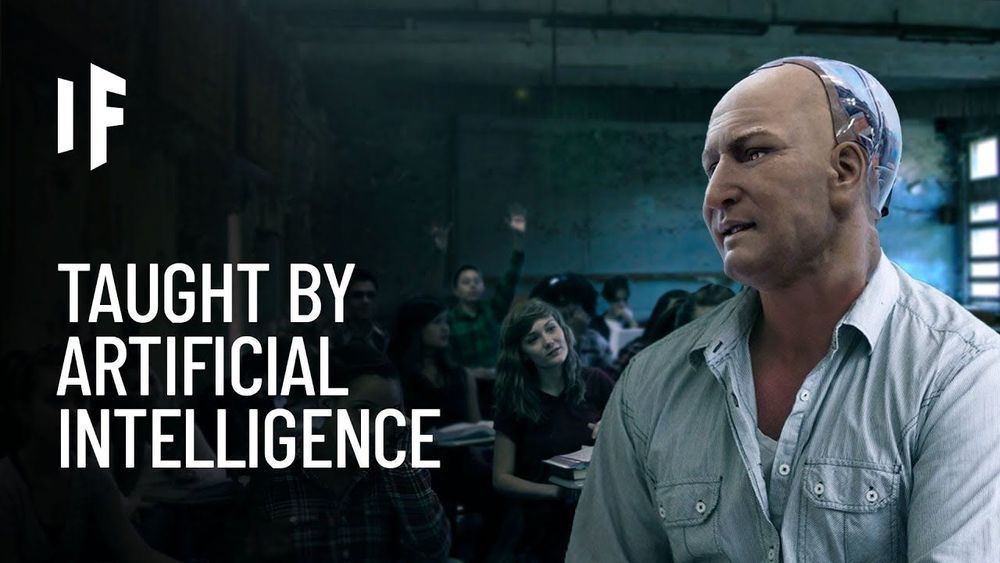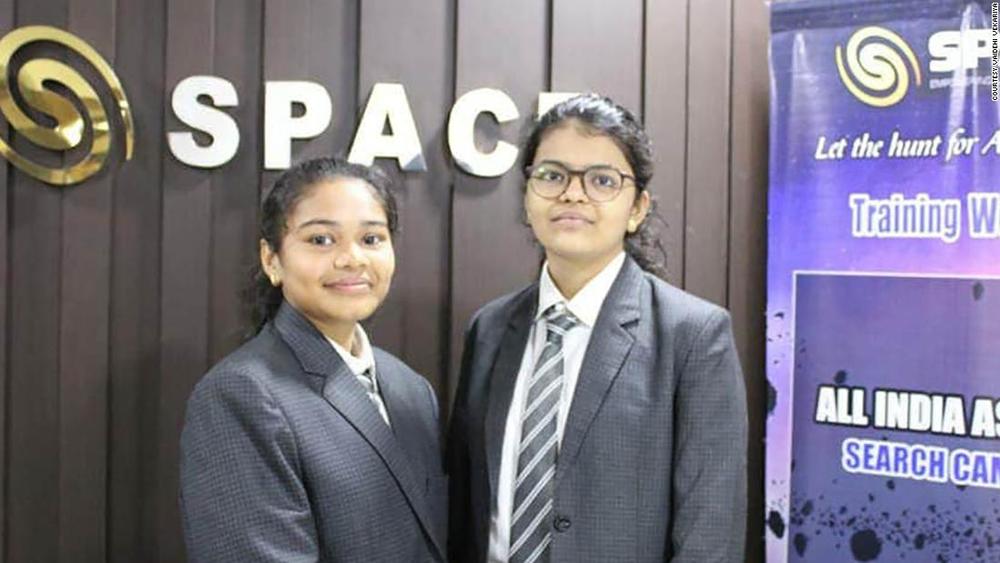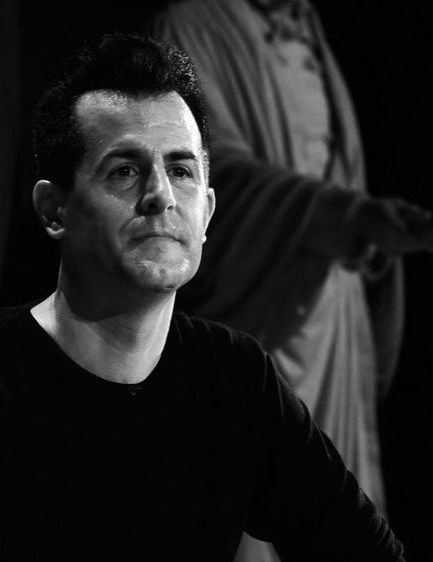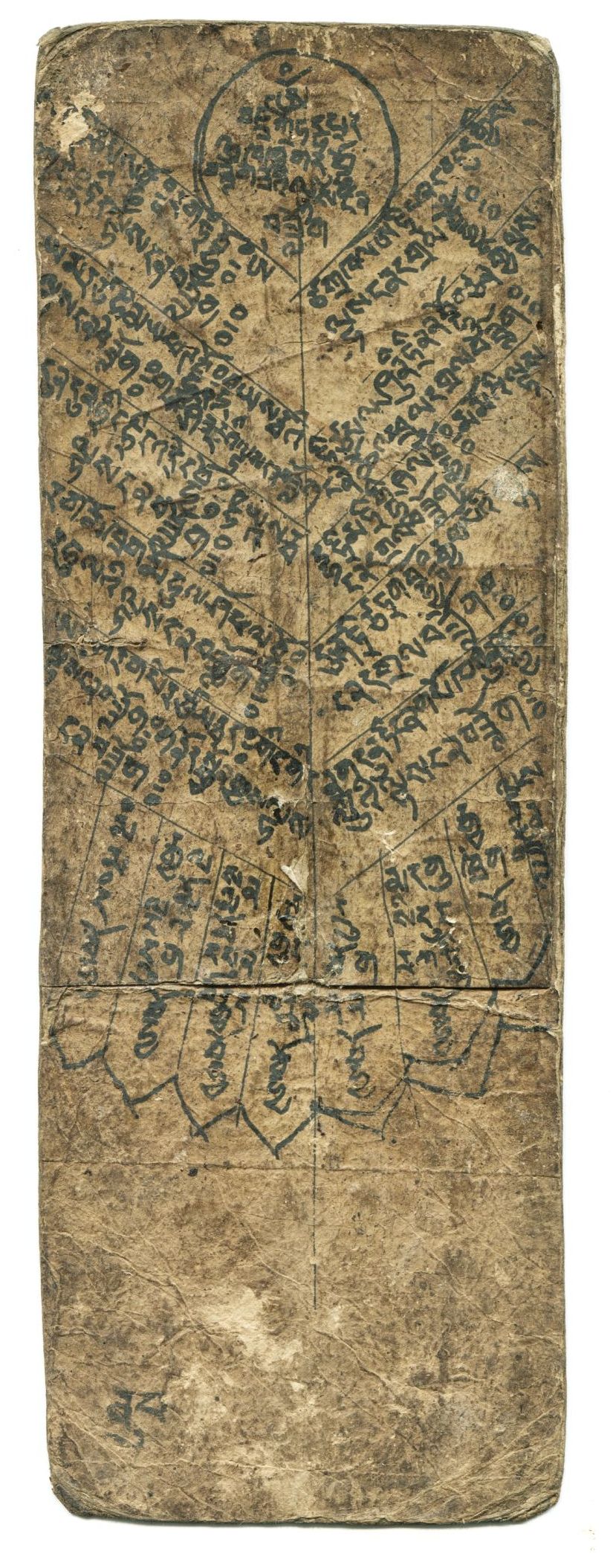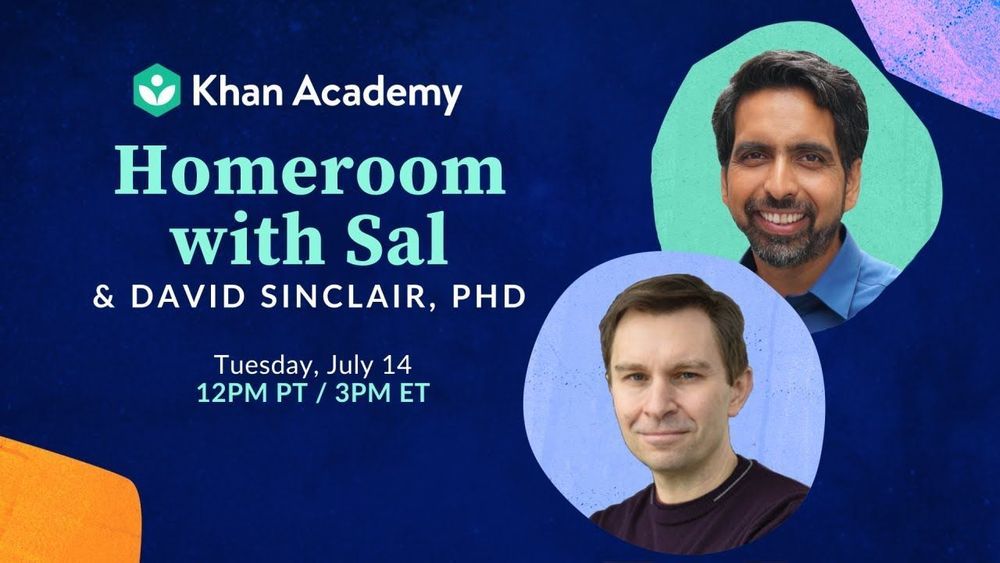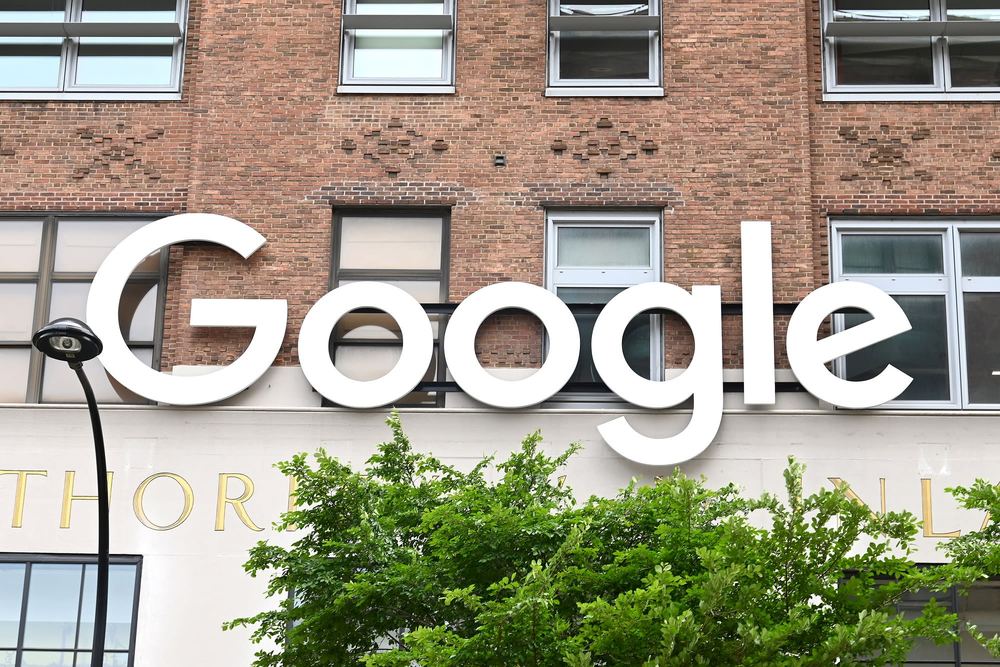We would soon have an Ai teacher @ Ogba Educational Clinic.
Watch our Discussed episode where we dive deeper into the topic with Dr. Joanna Bryson: https://bit.ly/what-if-your-teacher-were-ai
Have you ever had a teacher that was just, well, kind of boring? Maybe even a little, robotic? We’ve all been there. Let’s face it, it’s hard to learn when you’re being put to sleep. But what if we found a completely new way of learning? Could a robot be a better teacher than a human? How might education change with AI?
Can you translate this episode into another language? Add subtitles and we will link your YouTube channel in the description: https://www.youtube.com/timedtext_video?v=zm-ZJrsiRvU
Watch more what-if scenarios:
Planet Earth: http://bit.ly/YT-what-if-Earth
The Cosmos: http://bit.ly/YT-what-if-Cosmos
Technology: http://bit.ly/YT-what-if-Technology
Your Body: http://bit.ly/YT-what-if-Body
Humanity: http://bit.ly/YT-what-if-Humanity
T-shirts and merch: http://bit.ly/whatifstore
Suggest an episode: http://bit.ly/suggest-whatif
Newsletter: http://bit.ly/whatif-newsletter
Feedback and inquiries: https://underknown.com/contact/
What If elsewhere:
Instagram: http://bit.ly/whatif-instagram
Twitter: http://bit.ly/whatif-twitter
Facebook: http://bit.ly/facebook-whatif
What If in Spanish: http://bit.ly/YT-Spanish-what-if
What If in Mandarin: http://bit.ly/YT-Chinese-what-if
Podcast: http://bit.ly/yt-what-if-show-podcast
